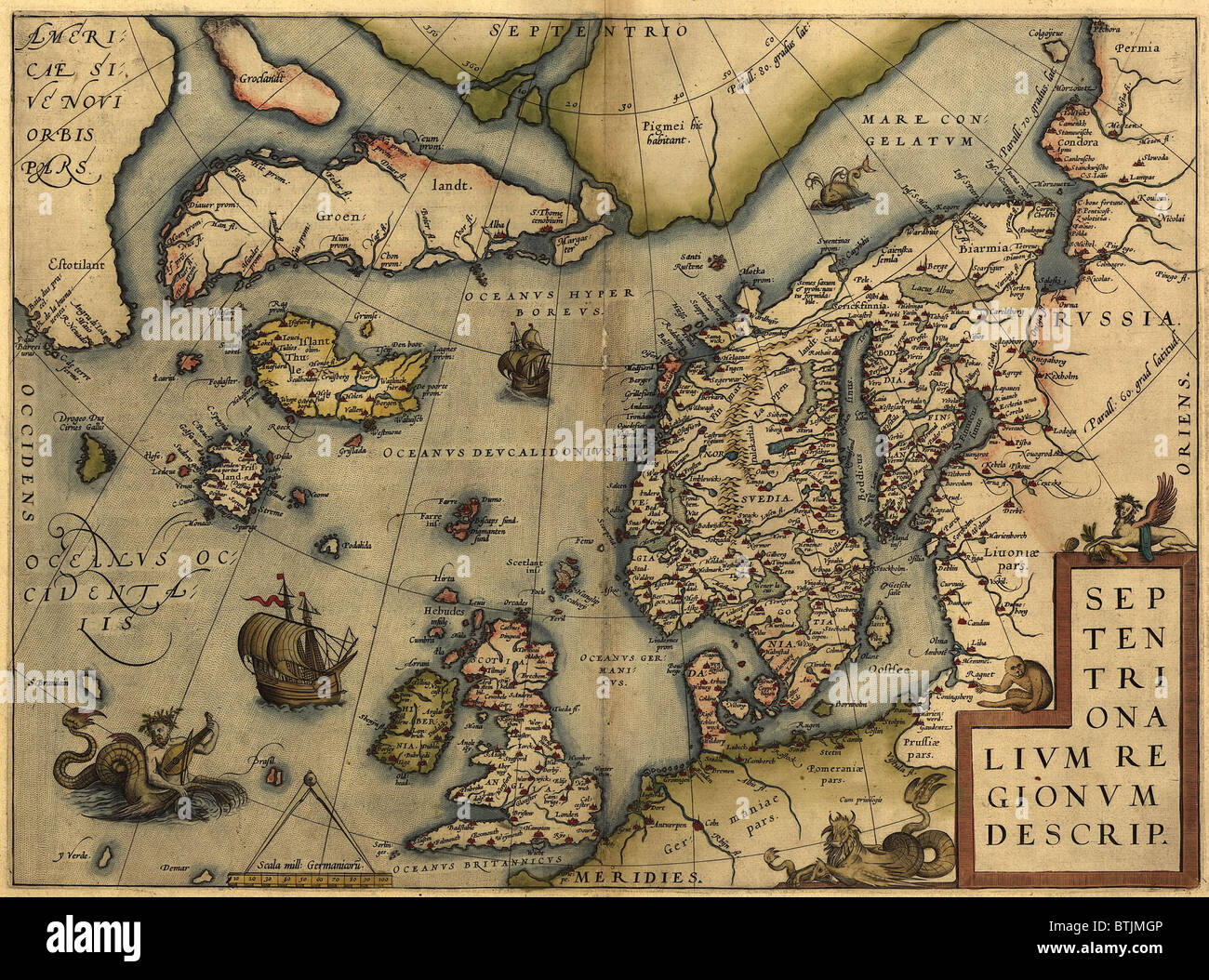
These were engraved by Frans Hogenberg with rich Mannerist details and strap work cartouches. As the leading cartographic bibliographer of the period, Ortelius was able to prepare 53 map sheets based on the most up-to-date information. Shortly thereafter, Ortelius commenced his greatest project, the Theatrum Orbis Terrarum. In about 1560, possibly as a result of his friendship with Gerard Mercator, the great Dutch cartographer who produced the first book of maps literally to be called an “atlas,” Ortelius began to produce maps starting with Typus Orbis Terrarum, an eight-sheet world map. From about 1558, he is recorded as having purchased multiple copies of maps in order to color them and building a large personal map collection. Latin text, verso, numbered 18, indicates this map is from a Latin edition of Theatrum Orbis Terrarum published between 15, and is a first state of the map.Ībraham Ortelius began as a print colorist, and as an art dealer buying and selling old objects.


It is one of the more sought after Ortelius maps, largely for its ornate cartouche and illustrations of sailing ships and of Triton riding a sea monster and carrying the coat of arms of the province.

1570-1624Ī map by Abraham Ortelius, one of the great cartographers from the Golden Age of Dutch map making, and the first to produce a “modern atlas.” This particular map is of the southwestern Dutch province of Zeeland, based by Ortelius on Jacob van Deventer’s first edition province map of 1547. Iacobbo a DeventriaĬhristopher Plantin, et al., Antwerp: c. Zelandicarum Insularum Exactissima et Nova Descriptio, Auctore D.


 0 kommentar(er)
0 kommentar(er)
